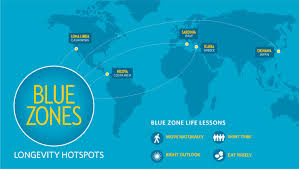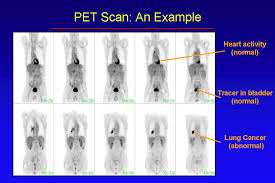I intentionally chose the image of the light bulbs with only 1 bulb lit and the others dark. For me it provides a visual of how we feel when we experience a change that we have not chosen, but because it has happened we now have to decide how we will respond to the change.
I attended a workshop this week on the changes in life cycles for churches. The point of the workshop is that once a congregation reaches the point of decline, the decline will continue until something is done turn the direction of the church.
As I reflected on the workshop the next day between patient visits I realized that when patients face sudden change in their health status they encounter challenges similar to those that congregations experience when they start to decline.
Let me share one of the types of change a patient can face and two different ways they can respond to the change. Let’s call this patient “Bob” to personalize the experience. Bob has just learned that his diabetes has decreased the blood circulation to his leg. Infection has developed that antibiotics can’t eliminate. Left untreated the infection will circulate through the rest of his body and he will die. The physician has just defined the change. The choices of how to move ahead will the result of collaboration between Bob, his family, and the medical staff that are caring for him.
I have listed below 5 Facets of Change that we have to deal with as me move forward. I will use Bob’s situation to show how we integrate these facets into addressing the change. In Bob’s case the change is the declining circulation in his leg and inability of pharmaceuticals to eliminate the infection that has developed.
Five facets of change to be dealt with once you define the change:
- Communicate the change
- Manage the change
- Deal with the change
- Relate to the change
- Lead the change
The first facet has already taken place. The physician has communicated the change to Bob and his family. They have been explained the best option for extending his life is amputation of his leg. The other option is to decline the surgery and prepare for his death to happen much more quickly than he would like to happen.
Bob and his family discuss what his life would look like if he had the amputation. He could be fitted with a prosthetic leg and be able to continue to enjoy most of the things he finds pleasurable in living. Bob also struggles with the reality that he does not want to have a prosthetic leg; he wants the leg “God gave him at birth”. This is the facet of managing the change. Bob and his family look at the result of both having the surgery and not having the surgery. Both options before him are not ideal, but he has to choose one. If he makes no choice the infection will move through his body and he will die anyway. If he makes a choice he retains some control in the process. If he lets nature take its course he declines to make a decision.
Bob seeks many sources of comfort and assistance in making this decision. He hears from physicians, family members, friends, and also asks the chaplain to visit. Bob feels overwhelmed at all the information and differing opinions he has received. The physicians feel the surgery is the best option. His family is divided, some feel the surgery is must while others can see how Bob can justifiably decide between surgery and letting the illness proceed without surgical intervention. As a chaplain I engage Bob in a discussion about his beliefs and how his faith is influencing how he feels. Bob admits his core belief is that at his age he does not want to deal with the surgery and recovery process. He has lived a good life, and dying from an infection is no better or worse than dying from any other illness. He will miss his family and knows they will miss him. He knows if he decides against surgery he will be pressured by some to change his decision. He feels he is in God’s hands and that God has given him a good life. He is ready to move toward the change from earthly life to eternal life. In this process Bob has decided how he will deal with the change.
Bob realizes now the hardest part of the change process is about to commence. He is going to have to share his decision and experience the reaction of people whom he loves to what he has decided. This is the process of relating to the change. He will undoubtedly be asked why he is declining surgery by many people.
The final facet of change is how he will lead the change. This will involve the process of saying good-bye to many people. It will involve deciding what measures of comfort care he is willing to receive and the setting in which he will receive them. Arranging for people to care for him as he gets weaker will have to addressed. The hardest part of leading the change will be dealing with resistance and complexities of taking care of all the steps in this process. For anyone in his situation it is a process he has never been involved in before and because it is new there are moments where fear will creep in.
I could have just as easily written this scenario with Bob making the choice to have the surgery. While the outcome would be the different the facets in facing the change would be same. I used this example to hopefully stimulate a discussion about the significant changes my readers face and how effectively they use the 5 facets of change to aid them in the process of responding to change. I know this blog article is significantly longer than most of my articles. I thank you for bearing with me and reading this entire post.
The church that hosted the workshop now has to decide how they will handle the 5 facets of change as they prepare for their future. My prayer for them is that they will find a path that leads them to renewal and a new phase of dynamic ministry.








